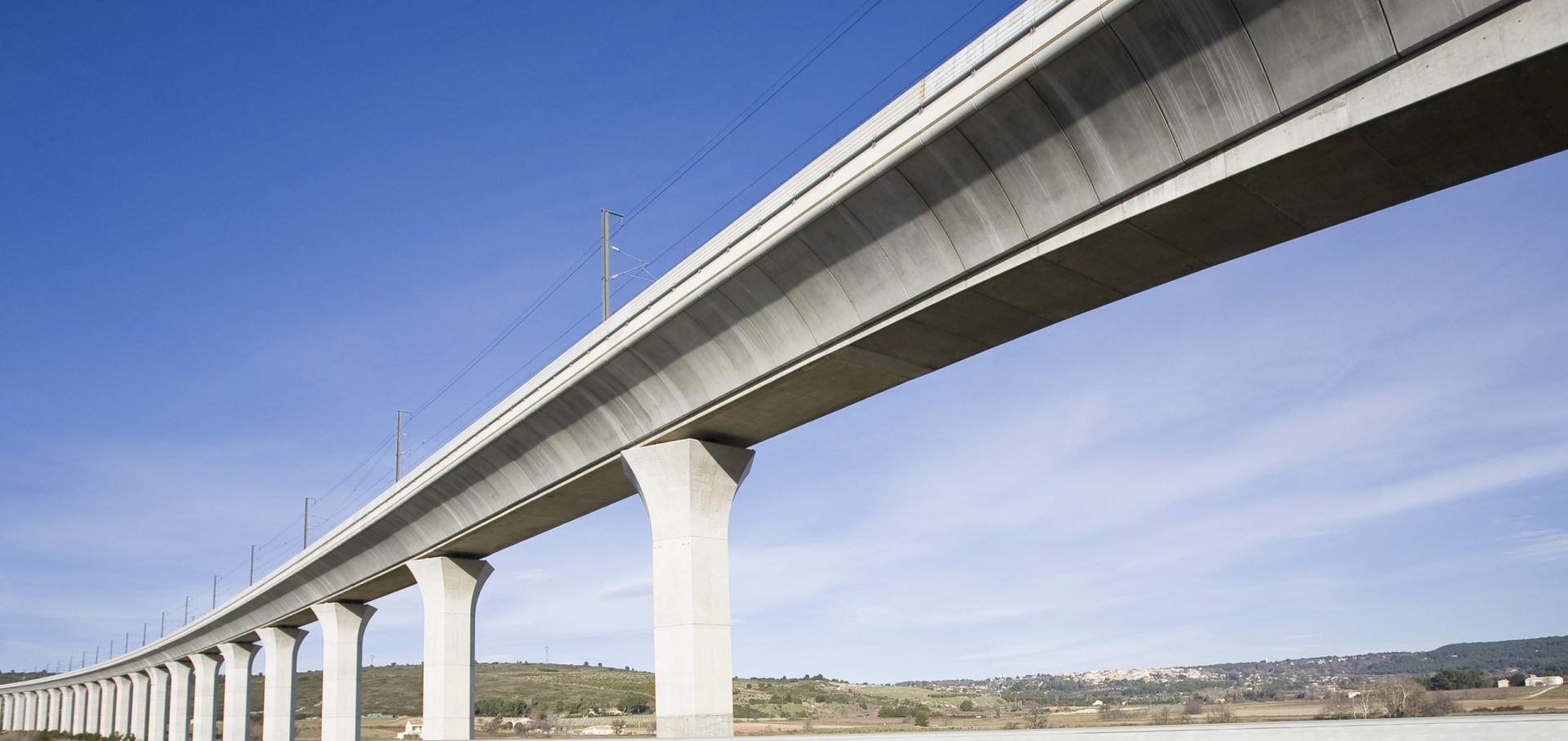
Imagine printing a concrete bridge or house, layer by layer… In several countries, 3D printing of concrete structures is becoming increasingly common, as it allows for the creation of original architectural and structural shapes that are not possible with traditional methods using concrete forms. In addition, 3D printing requires less concrete, which reduces costs and greenhouse gas emissions. However, this technology still presents many challenges, particularly in Québec, as the concrete used as “ink” must withstand freeze-thaw cycles.
With the help of artificial intelligence, Claudiane Ouellet-Plamondon, a professor in the Department of Construction Engineering at the École de technologie supérieure and Canada Research Chair in Sustainable Multifunctional Construction Materials, is working on concrete recipes that meet the demands of both the Québec construction industry and 3D printing.
She and her team have tested different chemicals called admixtures and various types of cement that are used to promote better concrete setting. The researchers then developed algorithmic methods to automatically adjust the dosage of the admixtures for more precise printing. They also varied the quantity of water added to study the impact on fluidity, as the printing concrete must be sufficiently liquid to be deposited layer by layer, yet solid enough to hold its shape under its own weight and that of the other layers.
Although the cement-water-admixture combinations developed by the team of scientists are still at the research stage, they have attracted the interest of the international admixture company Master Builders Solutions Construction Products and the Canadian Foundation for Innovation. The latter has awarded Professor Ouellet-Plamondon a grant to purchase a 3D printing robot that will allow her to test her recipes on a large scale. Her concrete mixes will be “in press” in the near future…
